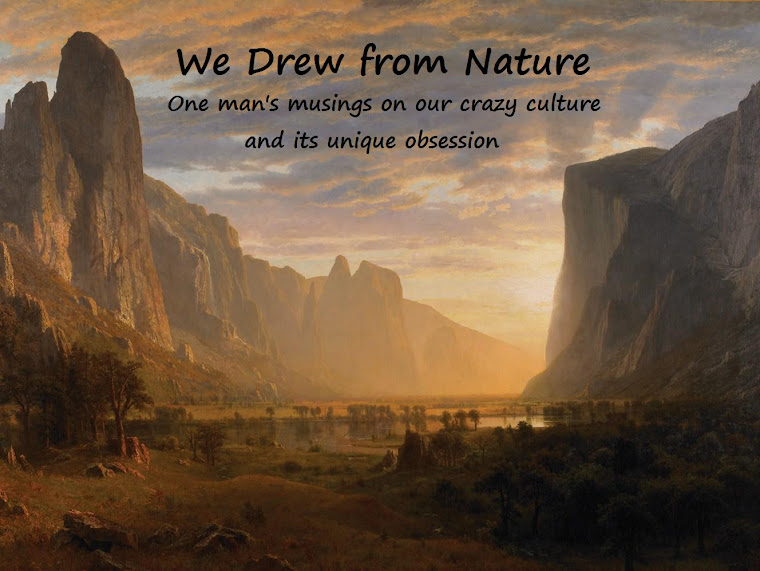In the Autumn of 1906, two young men from the University of Michigan went back to Nature. Their names were Lawrence D. "Larry" Lark and Raymond “Lindy” Lehndorff. They departed Rogers City, Michigan on the shores of Lake Huron, rowing down the coast towards Swan Bay. They proceeded on foot along the banks of the Swan River until they discovered a suitable camping spot. As the dark night slowly enveloped them, they set up their camp, had a little feed, and retired for the evening. Lawrence writes of the experience:
“In our wanderings around the woods we drew from Nature what Nature gave. We held communion with her visible forms' and listened to her voices of gladness. We read with ecstasy the word lessons written among the depths and recesses of the forest. We drank freely from her sovereign fountains of life and became imbued with the spirit of her mystic charm... We saw them all, the attributes of Nature, as deep within her haunts we stood observing her many forms and mysteries. Enraptured with the spell of our surroundings, we wondered at the order that brought them into existence... It was good to behold these things- they appealed to us- they drew us- they told us of a different life, unsullied in its state, where all was freedom, peace, and happiness.”
Two men traveled into the forest and were transfixed by the world around them. Their deepest emotions welled to the surface as they witnessed native beauty, mystic charm, and sublime Nature. They were utterly transformed...
...and all this from a bunch of trees?
I first read this passage many years ago when I joined an otherwise obscure student group at the University of Michigan. As Lawrence himself so boldly put it, “we wished to induce others to love what we loved, to catch an interest in the ways of Nature. We wished to form a society of men to promote the outdoor life, to see in Nature what we had seen.” In the Fall of 2006, I joined the Society of Les Voyageurs and indeed have seen in Nature what Lawrence and Lindy experienced over a century ago. But I have seen so much more.
Behind the mystic origins of the Society, the famed trip to Rogers City, the sublime beauty of a northern Michigan night, there exist some less than mystical, sub-sublime, simple historical facts. The Society of Les Voyageurs was as much a product of its time as a mystical evening in the primeval wilds of the woods. Romanticism, primitivism, mysticism, and the burgeoning conservation movement all played critical roles in the development of the Society of Les Voyageurs as well as the heartfelt feelings of Lawrence and Lindy on the banks of the Swan River. So began my humble interest and investigation.
When you go to the supermarket look at the box of granola bars on the shelf depicting scenes of wildlife and natural foliage sporting slogans like “100% natural” and “organic.” A marketing professional somewhere designed that box to elicit a specific emotional response from the customer. Maybe you've “held communion with the visible forms” of Nature or felt its mystic charm. Why not try it with our new delicious granola bars?
How did our modern feelings and attitudes toward Nature and the natural world develop? More importantly, how are these feelings understood and used (or abused) in our 21st century culture? The obsession with everything Natural extends to film, television, marketing, medicine, recreation, sports, clothing, social organizations, and beyond. In this blog, I will explore the history of this trend as well as the many examples in our everyday lives. Together we will go back to Nature.
Tuesday, April 6, 2010
Subscribe to:
Posts (Atom)


